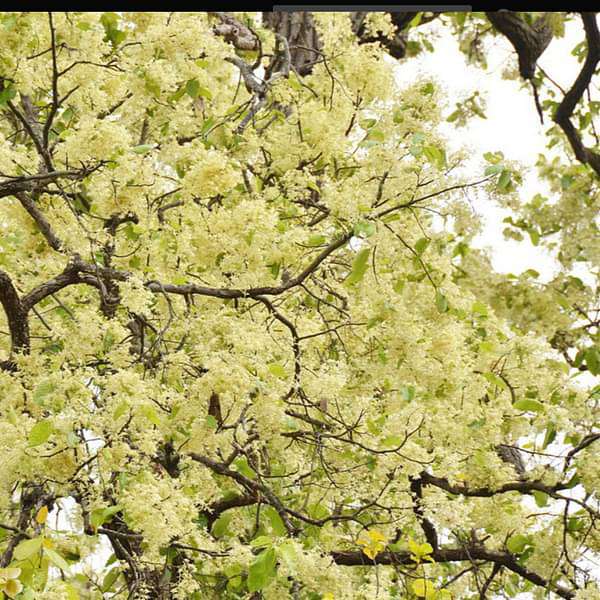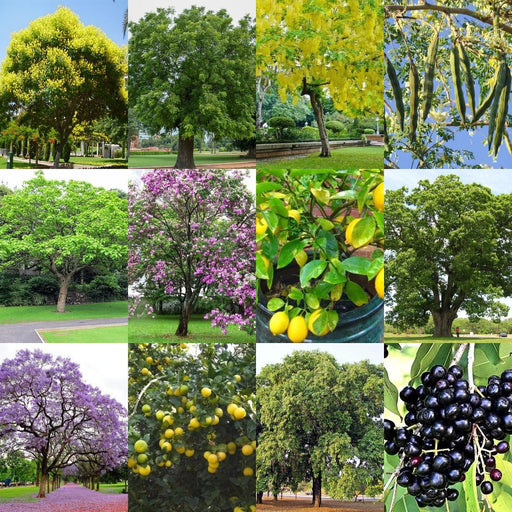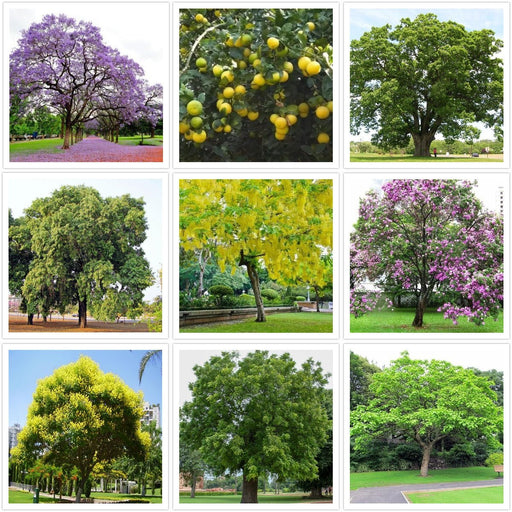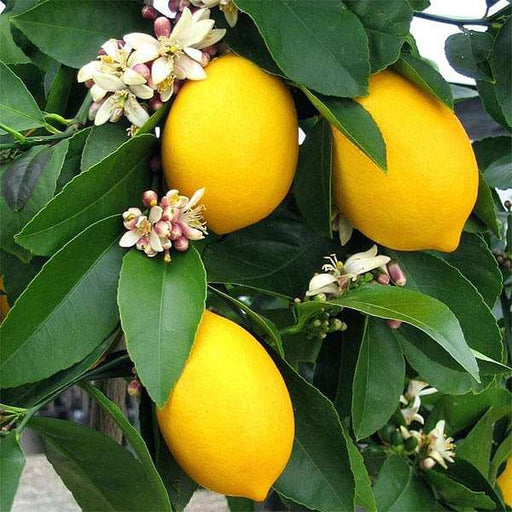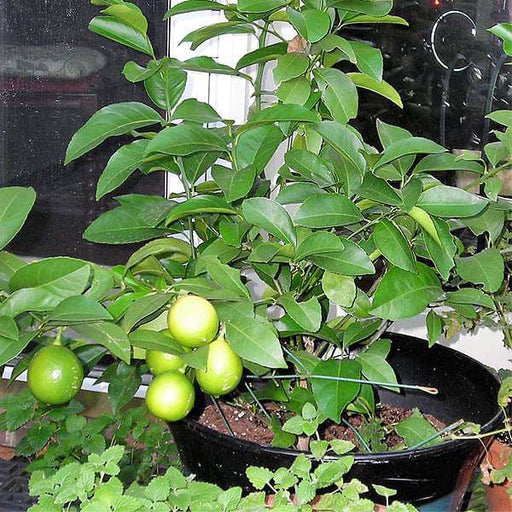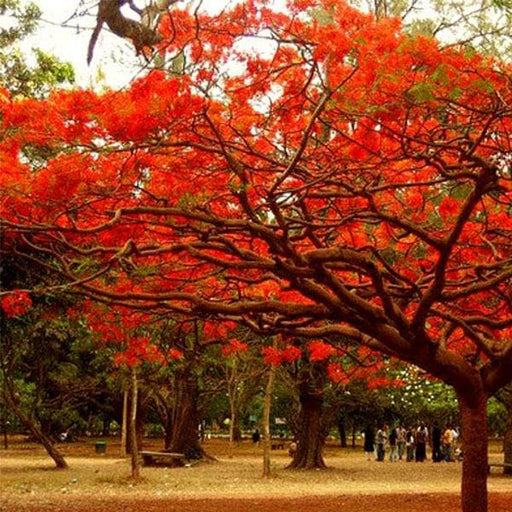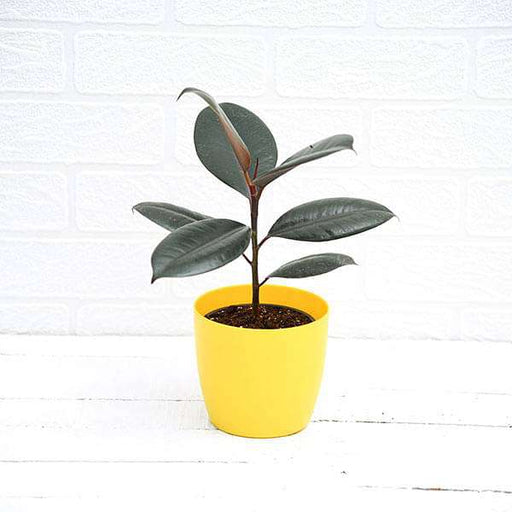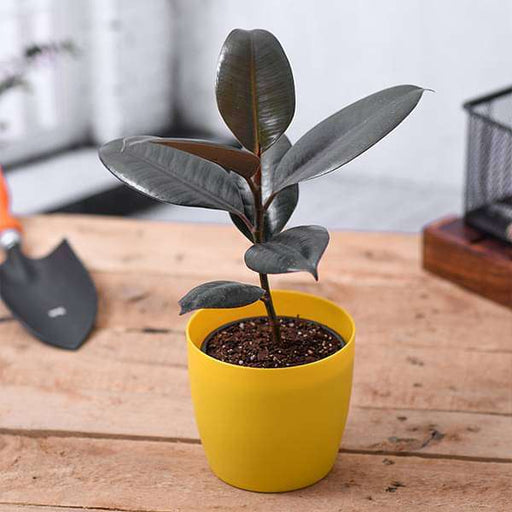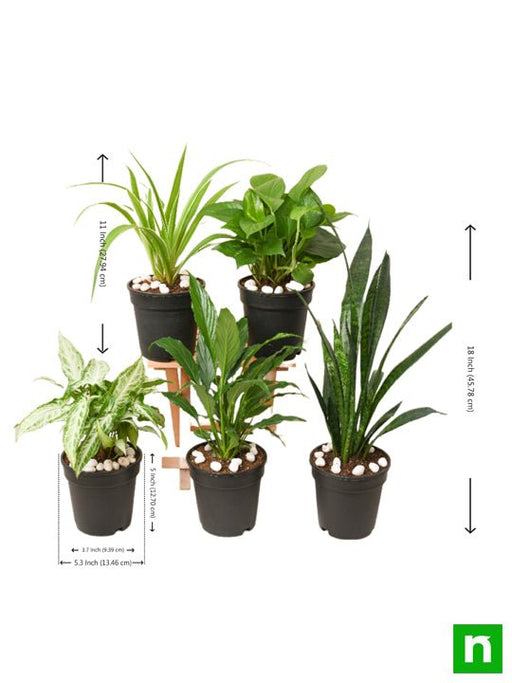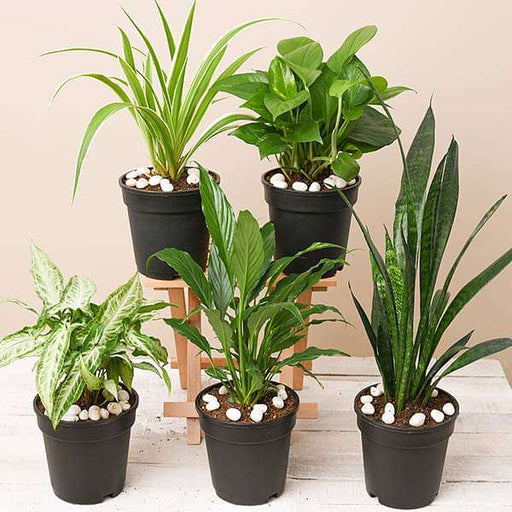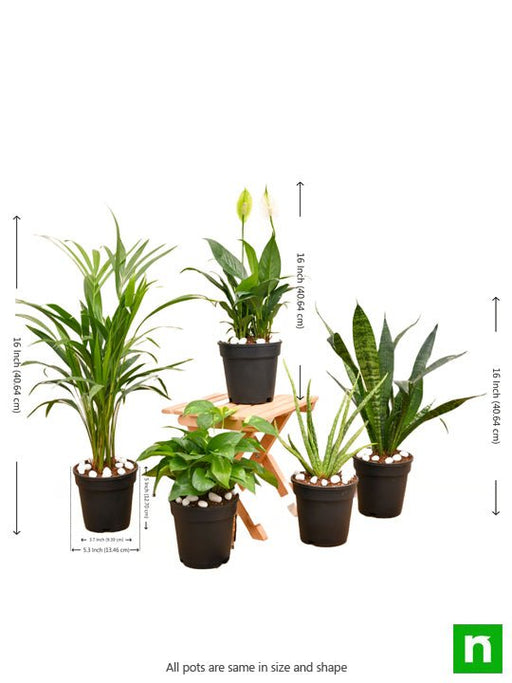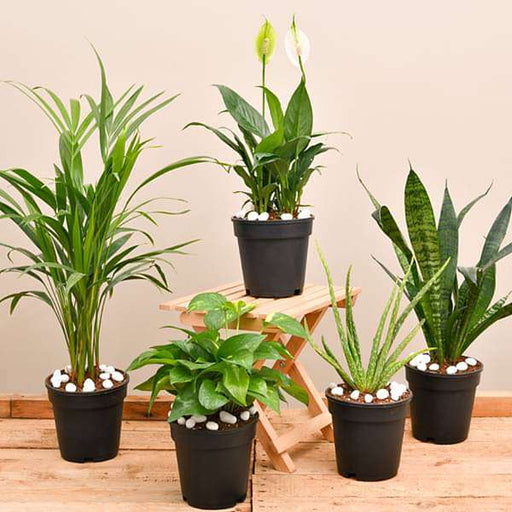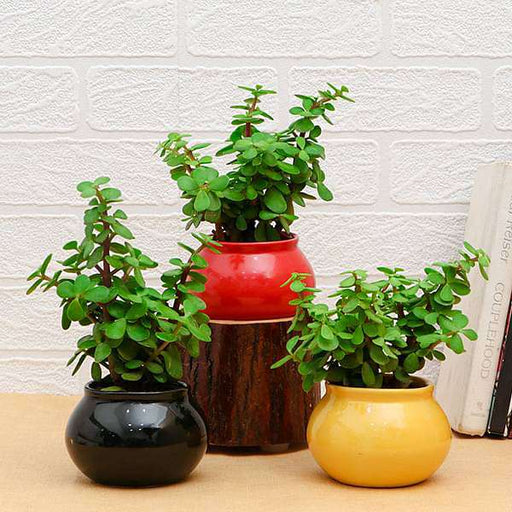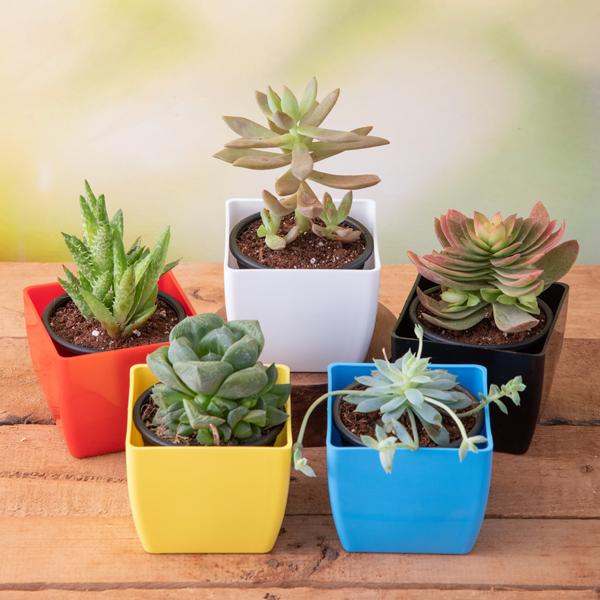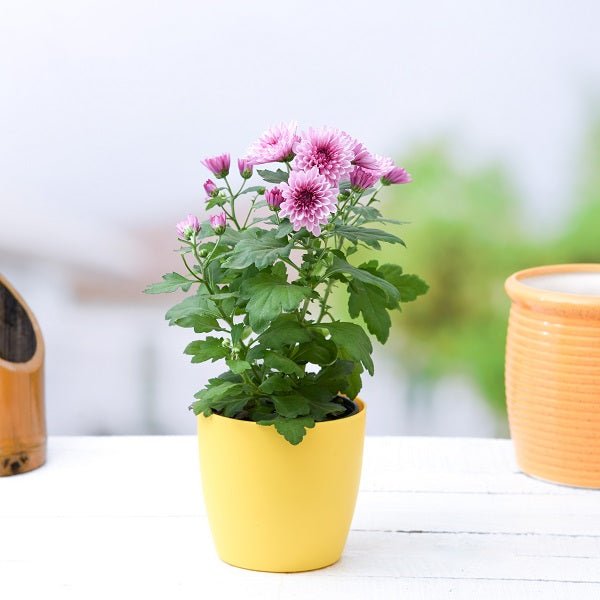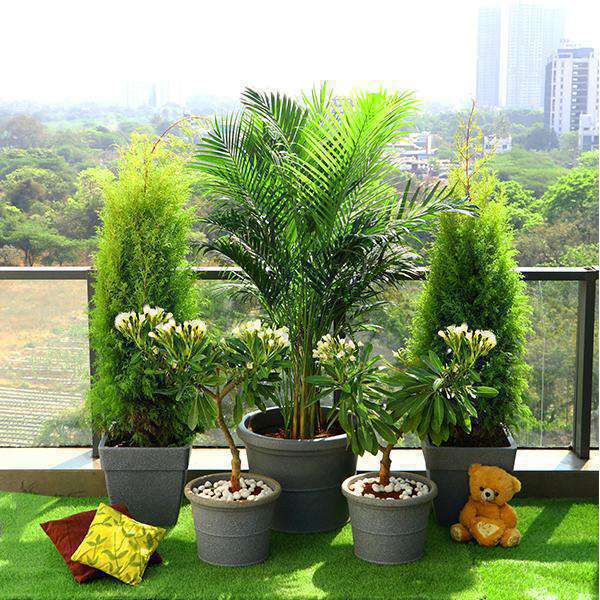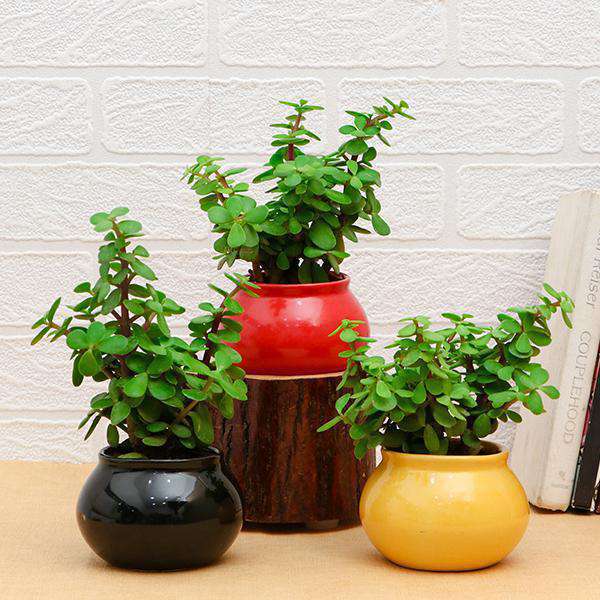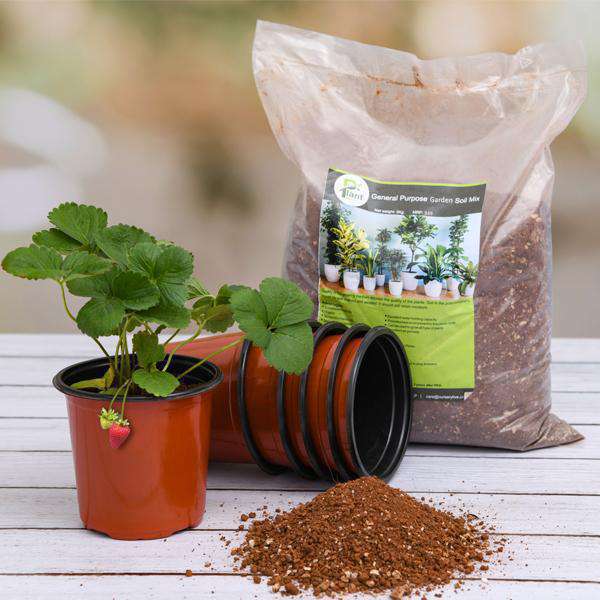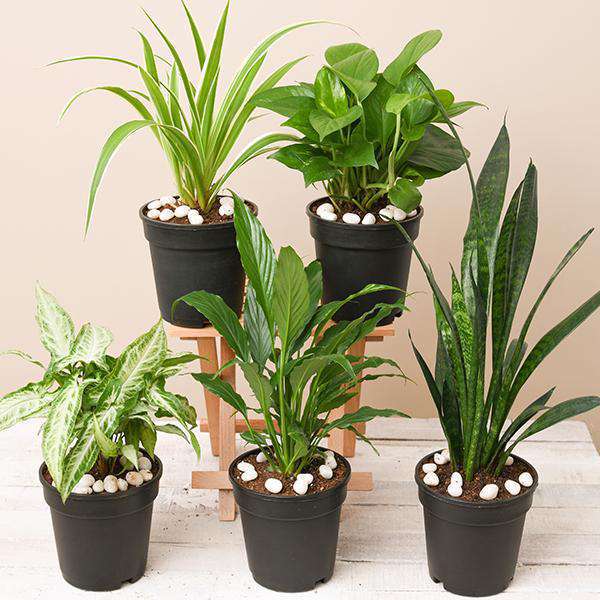Tree of Jharkhand
The Tree of Jharkhand is not just a botanical wonder; it’s a symbol of resilience and beauty. This majestic tree, often referred to as the Sal tree, stands tall and proud, embodying the spirit of the region. With its broad canopy and sturdy trunk, it offers shade to weary travelers and a home to countless creatures. It’s like the local celebrity of the forest, always ready to take a selfie with nature lovers.
Sal Tree Benefits
The Sal tree is not just a pretty face; it’s a multitasking marvel! From providing timber that’s tougher than your average gym-goer to offering medicinal properties that would make any herbalist swoon, this tree is the ultimate overachiever. Its leaves are a feast for herbivores, while its bark has been known to cure ailments. Talk about a tree that gives back!
Planting Sal Trees
Ready to get your hands dirty? Planting Sal trees is like hosting a party for Mother Nature. You dig a hole, drop in a seedling, and voilà! You’re contributing to the environment while also giving future generations a reason to thank you. Plus, you’ll have a great excuse to brag about your green thumb. Just remember to water it; even trees need a little TLC!
Jharkhand Forest Conservation
Jharkhand is on a mission to save its green gold! Forest conservation here is like a superhero saga, with local communities banding together to protect their beloved Sal trees. These efforts not only preserve biodiversity but also ensure that future generations can enjoy the lush landscapes. It’s a tree-hugging revolution, and everyone’s invited!
Sal Tree Habitat
The Sal tree doesn’t just grow anywhere; it has its favorite hangouts! Typically found in the tropical forests of Jharkhand, it thrives in well-drained soils and loves a good monsoon. Think of it as the tree version of a beach bum, soaking up the sun and enjoying the rain. Its habitat is a vibrant ecosystem, bustling with life and color.
Sal Tree Identification
Spotting a Sal tree is like playing a game of botanical hide-and-seek. With its distinctive smooth bark, large leaves, and beautiful flowers, it’s hard to miss once you know what to look for. Just remember, if you see a tree that looks like it’s flexing its muscles, you’ve probably found a Sal tree. Nature’s own bodybuilder!
Sal Tree Growth Rate
If you’re wondering how fast a Sal tree can grow, let’s just say it’s not a couch potato! With the right conditions, it can shoot up to 30 meters in height in just a few decades. That’s like watching your friend who swore they’d start working out finally hit the gym. Patience is key, but the results are worth it!
Cultural Significance of Sal Tree
The Sal tree is more than just wood and leaves; it’s woven into the cultural fabric of Jharkhand. Revered in local traditions, it’s often associated with festivals and rituals. Think of it as the wise elder of the forest, imparting wisdom and blessings to those who respect it. It’s a tree that knows how to party!
Sal Tree Ecosystem
The Sal tree is the life of the forest ecosystem party! It provides shelter and food for various species, from birds to insects. Its fallen leaves enrich the soil, creating a nutrient-rich environment for other plants. It’s like the ultimate host, ensuring that everyone has a good time while keeping the ecosystem thriving.
Sal Tree and Climate Change
The Sal tree is a silent warrior in the fight against climate change. By absorbing carbon dioxide and releasing oxygen, it’s doing its part to keep the planet healthy. It’s like that friend who always brings a salad to the potluck—essential for balance! Planting more Sal trees can help combat global warming, one leaf at a time.
Sal Tree in Ayurveda
In the world of Ayurveda, the Sal tree is a superstar! Its bark and leaves are used in various remedies, making it a go-to for natural healing. It’s like the herbalist’s best-kept secret, offering solutions for everything from fevers to digestive issues. Who knew a tree could be such a wellness guru?
